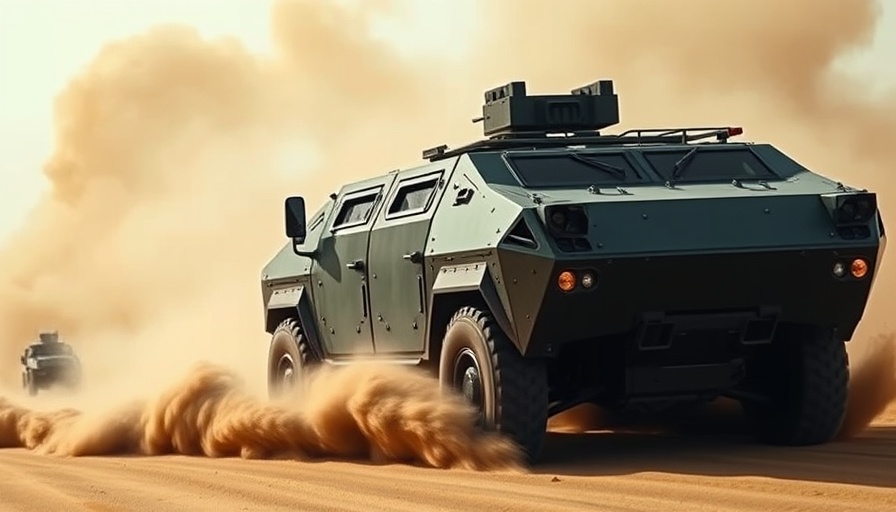
Revolutionizing Military Technology with Mixed Reality
Distance Technologies, a Finnish startup emerging from stealth mode, is making headlines with its innovative mixed reality (MR) technology designed for defense applications. Collaborating with Patria, a prominent defense company, they are set to integrate their advanced heads-up display into armored vehicles – transforming the way military personnel interact with their environment. This new tech allows soldiers to visualize critical information like 3D tactical data and AI-driven insights directly onto the windshield, enhancing situational awareness in low-visibility conditions.
How Does It Work?
What sets Distance’s MR display apart is its utilization of contextual AI and eye-tracking technology. Unlike traditional heads-up displays that project fixed data onto surfaces, this system adapts in real-time to where the user is looking, dynamically altering the light field to create an immersive experience. By virtually merging computer-generated graphics with the real world, soldiers can rely on an intuitive interface that responds to their gaze, thus elevating decision-making on the battlefield.
Impressive Technical Capabilities
Distance claims its MR technology features 'infinite' pixel depth, making synthetic visuals indistinguishable from natural sights. This promises to eliminate the need for bulky headsets or additional screens, maintaining a covert operational advantage that keeps vehicles hidden from enemy detection. In a landscape where every moment matters, such developments underscore the urgency in adopting cutting-edge technologies in defense.
Future Prospects for Mixed Reality in Defense
The implications of this technology extend beyond just visual enhancements. By fostering improved situational awareness, the MR system can lead to faster reaction times and more strategic resolutions during critical missions. Not only does it aid soldiers in the field, but it also opens up broader discussions about the role of AI and mixed reality in military applications, potentially reshaping military strategy and operational effectiveness for years to come.
 Add Row
Add Row  Add Element
Add Element 


 Add Row
Add Row  Add
Add 

Write A Comment